What Happens When AI has Read Everything
The AI systems have read, analyzed, and digested the entire collective knowledge of humanity. What happens when AI has read everything?

Gmail is one of the most popular email providers, but emails can sometimes end up in users' spam folders. Here are some tips on how to avoid having your emails marked as spam in Gmail.
If you want to stop emails from going to spam in Gmail, the first step is to add any sender's address to your Contacts list. This will ensure that their messages are always delivered directly to your inbox. You should also make sure that the sender's email address is not marked as spam or blocked by you. Additionally, try and avoid using words or phrases that can be classified as "spam words," such as "free" or "discount." Finally, make sure that you have enabled the setting for Gmail to recognize emails from social networks and other websites. With this option enabled, these notifications will be delivered straight to your inbox instead of being marked as spam. Following these steps should help prevent emails from going into your spam folder.
Table of contents [Show]
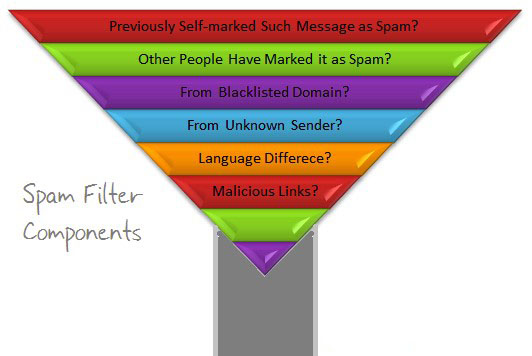
Gmail's Spam Filter is a powerful tool that helps keep unwanted emails out of your inbox. It uses several techniques to determine which emails are legitimate and which spam. First, it looks for patterns in the email's content, such as certain words or phrases commonly associated with spam. Second, it checks the reputation of the sender's domain; if it is known to be associated with sending spam emails, it will be flagged as potentially malicious.
Finally, it evaluates the links and attachments included in the email; if they link to suspicious websites or contain executable files, then Gmail will mark them as potential threats. All this data is collected and analyzed to help determine whether an email should be marked as Spam or allowed through.
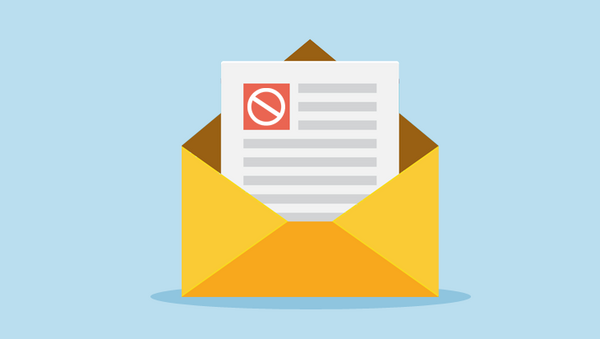
1. Use an email filter: Many email programs now have built-in filters that can help prevent unwanted emails from entering your inbox. Set up the filter with specific criteria that will block emails from known spammers.
2. Avoid clicking on suspicious links or attachments: If you receive an email with a link or attachment that you don’t recognize, don’t click on it. It could contain malicious software or lead to a website designed to capture personal information for spamming purposes.
3. Be aware of phishing scams: These are designed to trick users into providing their personal information by masquerading as legitimate companies or organizations. Double-check the sender’s identity and look for misspellings and other errors before responding to any requests for information.
4. Unsubscribe from mailing lists you no longer need: If you find yourself receiving unwanted emails from a particular company, organization, or individual, look for an unsubscribe link within the message body and click on it to stop future emails from being sent.
5. Report spam emails: Most email providers allow users to report spam messages to help protect their networks from further abuse by malicious actors. Make sure to report any suspicious messages that have made it past your filters so they can be blocked in the future
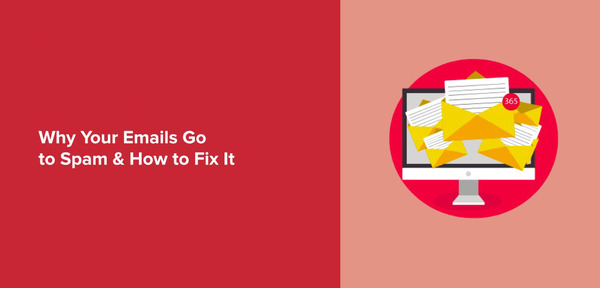
1. Use a reputable email service provider: Reputable email providers have the necessary infrastructure and technical knowledge to ensure emails aren’t flagged as spam.
2. Avoid using too many images or links: Too many photos, links, or other elements in an email can trigger spam filters, so keep it simple and include only relevant content.
3. Don’t use too much HTML formatting: HTML formatting can also be seen as suspicious by spam filters, so use it sparingly. Use plain text instead for simple messages whenever possible.
4. Use verified sender information: Ensure the “From” field of your emails contains accurate information consistent with your domain name (or subdomain). Using a recognizable name is also helpful in getting your emails delivered to the inbox.
5. Ask people to whitelist you: Ask recipients to add your email address to their contact list or address book to guarantee delivery of your messages and avoid getting sent to the spam folder.
6. Include an easy way for people to unsubscribe: Provide an easy way for subscribers to opt out from receiving future emails, such as an unsubscribe link in the bottom of each message you send. This will help you avoid being labeled as a sender of unsolicited emails, which can result in more of your messages being marked as spam.
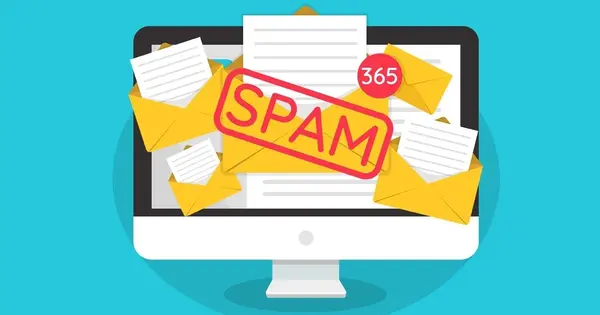
Emails can end up in Gmail's spam folder for many reasons. Generally, it is because the sender has been identified as someone who regularly sends unsolicited or unwanted emails (i.e., spam). Additionally, certain words or phrases commonly associated with spam can trigger Gmail's filters and cause an email to be sent to the spam folder. Other factors include emails with many recipients, too many images, or suspicious attachments.
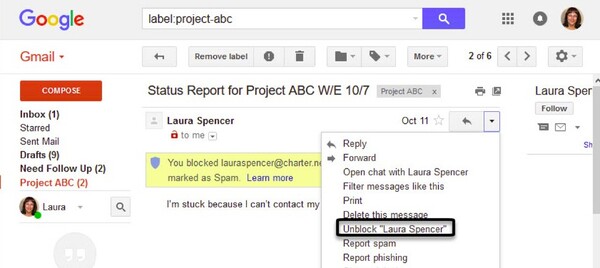
1. Use a familiar “From” name in the email address. Avoid using generic words like "no-reply" or long, complicated ones.
2. Send emails from a dedicated IP address and avoid public IP addresses like those used by web hosting companies or shared mail services.
3. Authenticate your domain with SPF, DKIM, and DMARC records to verify that you are the authorized sender of the emails.
4. Make sure that all images in your emails have alt tags so they can be read by email clients, even if default settings block images.
5. Double-check that all links in your emails are valid and working correctly before sending them out.
6. Use an email list management tool to keep track of bounced emails, unsubscribed contacts, and spam complaints for each campaign you send out.
7. Regularly clean up your mailing list to remove inactive contacts and those who haven't opened any of your recent campaigns.
8. Include an easy way for people to unsubscribe from your email list in every message you send out (this is required by law).
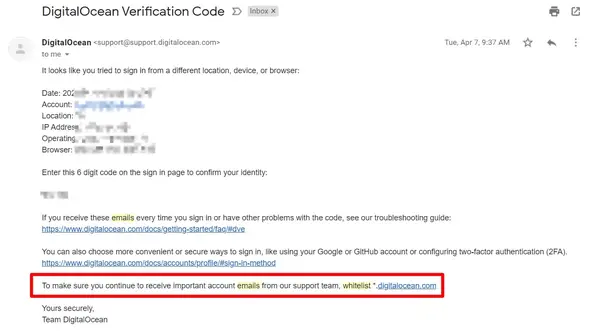
Email spam is a big problem, as it can be annoying and time-consuming. There are several reasons why emails end up in the spam folder. One of the most common reasons is that the sender's email address is not recognized by the recipient's server and is considered suspicious. Additionally, emails with suspicious content or attachments can be flagged as spam by the recipient’s email provider. For example, if an email contains too many links or words associated with spam messages, it may be marked as spam.
Finally, some companies use automated filters to detect and block malicious emails from reaching their users’ inboxes. As such, legitimate emails will sometimes get caught in these filters and end up in the spam folder. To avoid this issue, senders should always use a reputable email service provider and double-check that all email content is appropriate before sending them out.
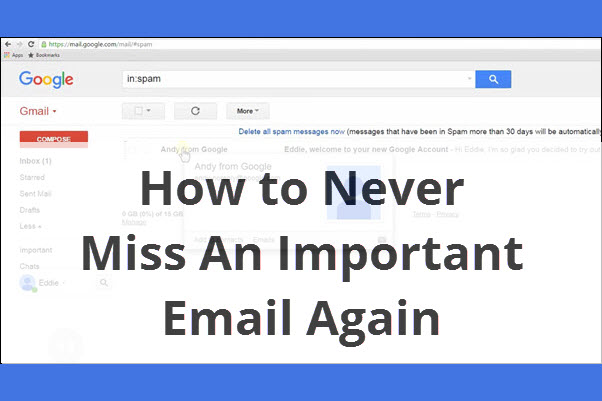
1. Keep your inbox organized by setting up folders, labels, and filters.
2. Set up email notifications for key contacts or important emails you don’t want to miss.
3. Use a separate app or tool like Boomerang to help you manage emails more effectively and never miss an important message again.
4. Unsubscribe from unnecessary emails and newsletters that may crowd your inbox with low-priority messages.
5. Schedule time each day to review and respond to emails—this will help ensure you don’t miss any important messages that arrive throughout the day.
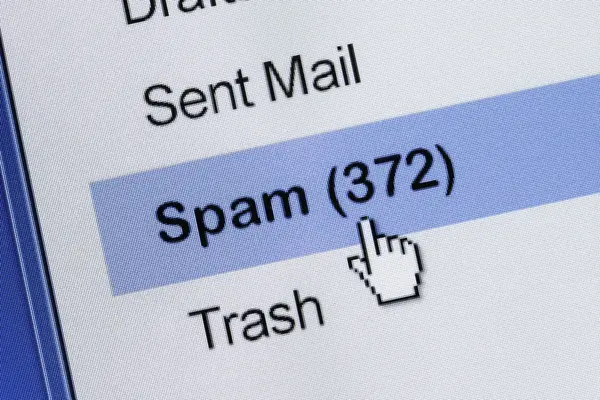
Gmail's Spam folder is essential for keeping unwanted messages out of your inbox. It works by analyzing the content and headers of incoming emails to determine if they are potentially fraudulent or contain malicious content. If so, Gmail automatically moves them to the Spam folder.
Additionally, Gmail may flag emails from known spammers or those previously marked as spam by other users. This helps to ensure that any emails sent from suspicious sources are kept away from your primary inbox. All in all, Gmail's Spam folder is a helpful tool for keeping your inbox free from unwanted messages and potential scams.

1. Use professional subject lines that clearly describe the content of your email.
2. Include a clear “from” name and address in the email header.
3. Avoid using words that are frequently associated with spam, such as “free,” “guaranteed,” or “discounts.”
4. Avoid using too many exclamation points or question marks in the subject line or body of the message.
5. Include your physical address at the end of the email so that it can be used to verify authenticity (and to comply with anti-spam laws).
6. Make sure you have permission from contacts before adding them to your mailing list and allow for easy unsubscribing from future emails if they change their mind later.
7. Be sure to use valid HTML code when formatting emails so your messages don't load slowly or render incorrectly in specific clients (or get flagged as suspicious by spam filters).
Gmail's Spam Filter is a powerful tool that helps keep unwanted emails out of your inbox. It uses several techniques to determine which emails are legitimate and which spam. Many email programs now have built-in filters that can help prevent unwanted emails from entering the inbox. Emails can end up in Gmail's spam folder for many reasons. Use reputable email providers to ensure your emails aren't flagged as spam.
Include an easy way for subscribers to opt-out from receiving future emails, such as an unsubscribe link. Other factors include emails that have a large number of recipients or suspicious attachments.
1. Log in to your Gmail account.
2. Click the gear icon in the top right and select "Settings."
3. Select the "Filters and Blocked Addresses" tab.
4. Scroll down to the "Spam" section and adjust your settings as desired.
5. Click "Save Changes" when you are done.
1. Ensure you follow best email marketing practices, such as using a verified sender address and sending emails from a reputable domain.
2. Include an “unsubscribe” link in your emails to make it easier for recipients to opt out.
3. Use descriptive subject lines that accurately reflect the content of the email and avoid words like “free” or “guaranteed” that might trigger spam filters.
4. Avoid overly promotional language or too many images in your emails, as this can trigger spam filters.
5. Monitor your email list to ensure you only send emails to people who have opted-in to receive them. This will help ensure good engagement with your messages, which can help reduce the chance of being marked as spam by Gmail filters.
1. Make sure your emails do not contain spammy words or phrases.
2. Use a reputable email service provider with solid anti-spam measures.
3. Monitor the reputation of your IP address to ensure it is not sending out too many emails at once, which can trigger spam filters.
4. Avoid using too many images and HTML formatting in emails, as this can trigger spam filters.
5. Ask recipients to whitelist your email address or add it to their contacts list, so your messages are more likely to reach their inboxes than their spam folders.
6. Test your emails regularly by sending them to yourself and different email addresses before sending them out to many recipients, so you can be sure they won't end up in the spam folder.
There are several possible reasons why your business Gmail emails may be going to spam. Some of the most common causes include:
1. You are sending too many emails quickly, which can trigger spam filters.
2. Your email content contains words or phrases that could be seen as spammy, such as excessive exclamation points or all capital letters.
3. Your sender's reputation is low due to too many bounced or rejected emails.
4. You are not using an authenticated email address with your domain name.
5. You are sending to an outdated list of contacts, which can often result in bounces and low engagement rates that can trigger spam filters.
The fight began much sooner than she anticipated after catching and returning the flamingo.
The AI systems have read, analyzed, and digested the entire collective knowledge of humanity. What happens when AI has read everything?
If you want to withdraw your Coinbase account to your PayPal account, you've come to the right place. Follow these simple steps, and you'll have your money quickly.
Don't know how to make text move in CapCut? Check out this quick and easy guide that will show you how to make your text move in CapCut in no time!


